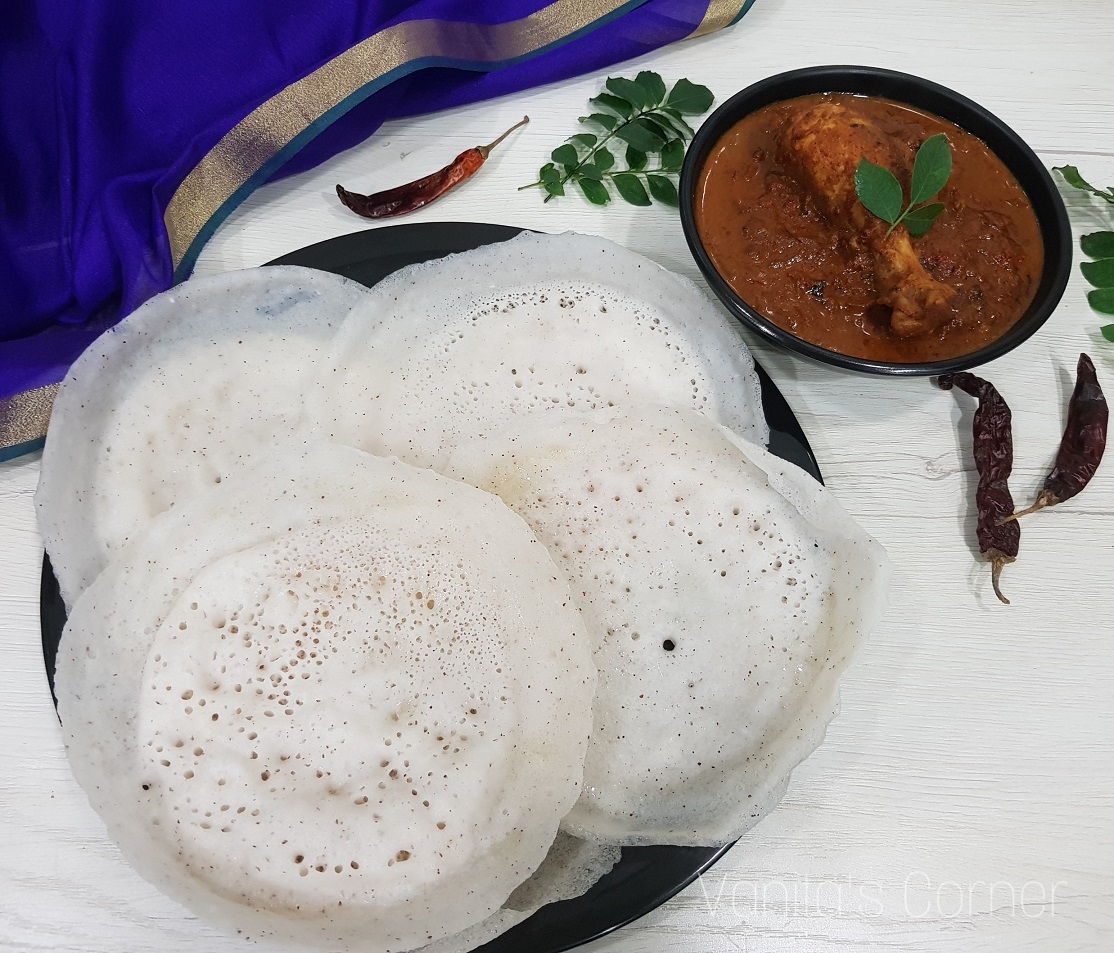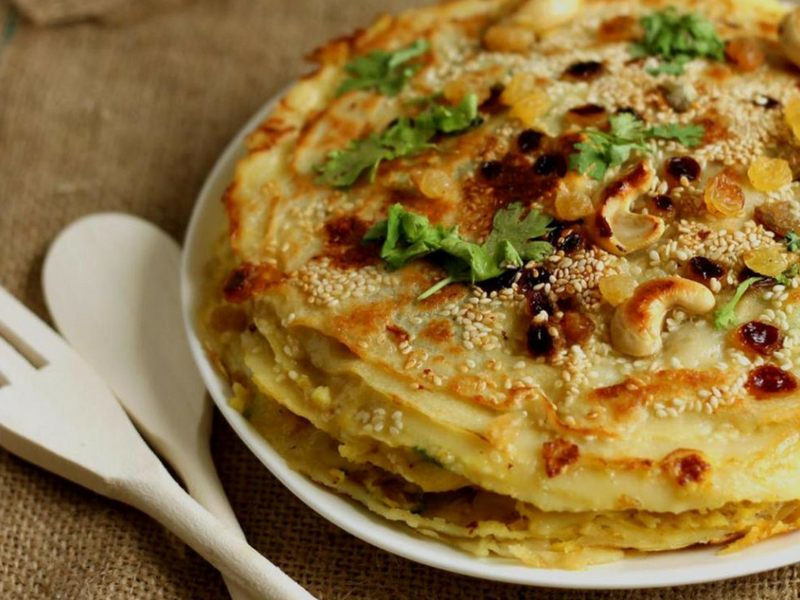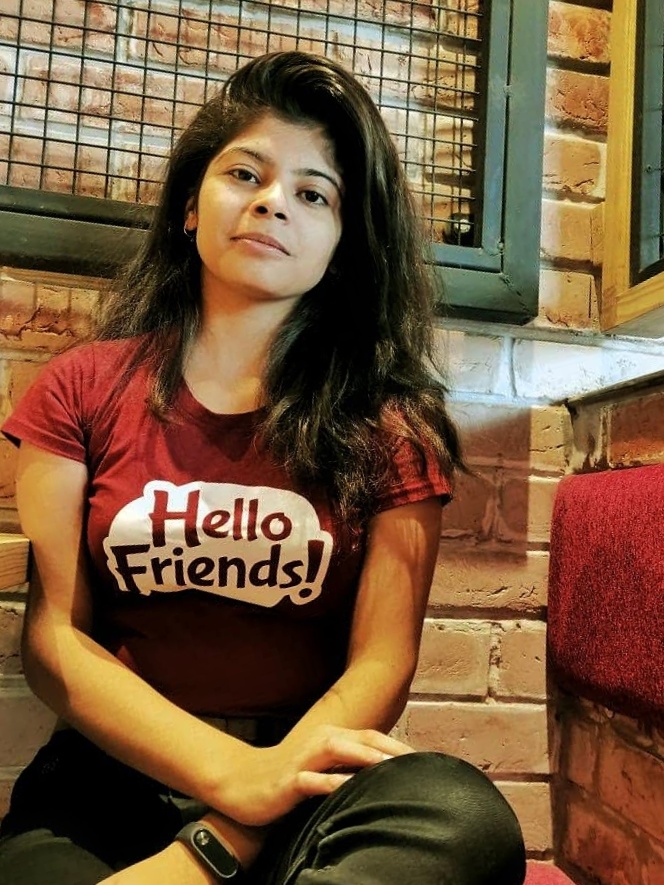KERALA CUISINE
.jpg)
" Coast, Backwaters And cool hill country – KERALA’S Geography explains its diverse and delicious cuisine, characterised by SEAFOOD AND SPICES, RICE, COCONUT AND SIMPLE VEGGIES. "
Though small, Kerala is a perfectly formed package of beautiful landscapes, big beaches, exotic wildlife and colonial history, but read any reviews of holidays here and another highlight gets raved about again and again – THE FOOD!
Travellers wax lyrical about the crisp dosas loaded with potato curry served up for breakfast, the fresh seafood simmered in coconut milk, and the epic celebration sadhya meals of rice and numerous tiny, tempting portions of curry, dhal, pickles and pappadams.
Fish

Fish is served everywhere around the coast and backwaters of Kerala, with both freshwater and sea varieties on the menu. Often it’s served in a spicy pollichathu style, flavoured with curry leaves, lime juice, onions, garlic, ginger and spices, and then fried. Or you might find it simmering in a bath of coconut milk and mango curry sauce. Kerala’s seafood is superb, too. Jhinga kachcia aam kari is a speciality made with green mango and prawns cooked in coconut milk and spices. There are also Goan-Portuguese seafood classics like peixe recheado which is grilled, spice-stuffed fish, a legacy of Portugal’s colonisation of India’s west coast.
In Kochi, you can see the unusual Chinese nets that local fishermen use, operated from the shore. The nets are strung across bamboo and teak poles which are lowered into the sea, counter-weighted by large stones tied to ropes. On the footpath behind the Chinese nets are several fishmongers, where you can buy the just-caught fish, prawns and lobster, then take it to one of the nearby outdoor restaurants to have it cooked and served for a small extra fee.
Brilliant Breakfast
While bland, Western-style hotels in Kerala will offer up the predictable trio of toast-butter-jam, an authentic Keralan breakfast is way more exciting, nutritious and savoury. Here are some of its classic dishes, fantastic for breakfast but delicious any time of the day.

APPAM
Appam is a Keralan staple, made with a fermented rice flour batter and coconut milk. It’s a thin pancake with a pillowy centre, typically served with a simple vegetable curry. There are lots of variations on the classic appam, including one with an egg cooked on it, which is the same as the Sri Lankan hopper.

IDLI
Idli are savoury rice cakes, which look like little white flying saucers, made by steaming a batter of fermented black lentils and rice. They are pretty bland on their own, so for breakfast you’ll find them served with lentil stew or chutneys.PUTTU
Puttu might sound cute but they look more like giant rolled up white flannels. They are made from steamed rice formed into cylinder shapes, usually served with kadala, a black chickpea curry.




.jpg)